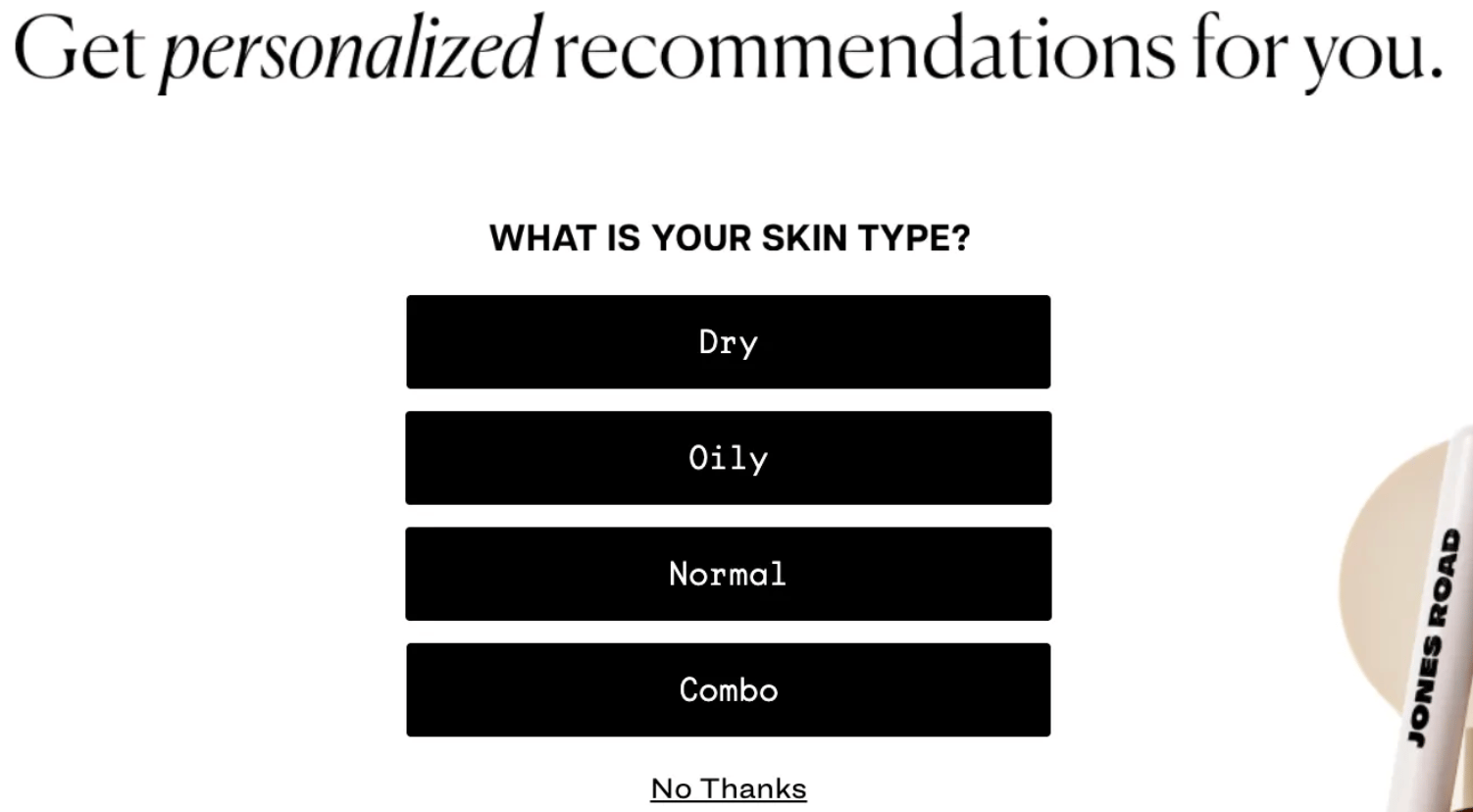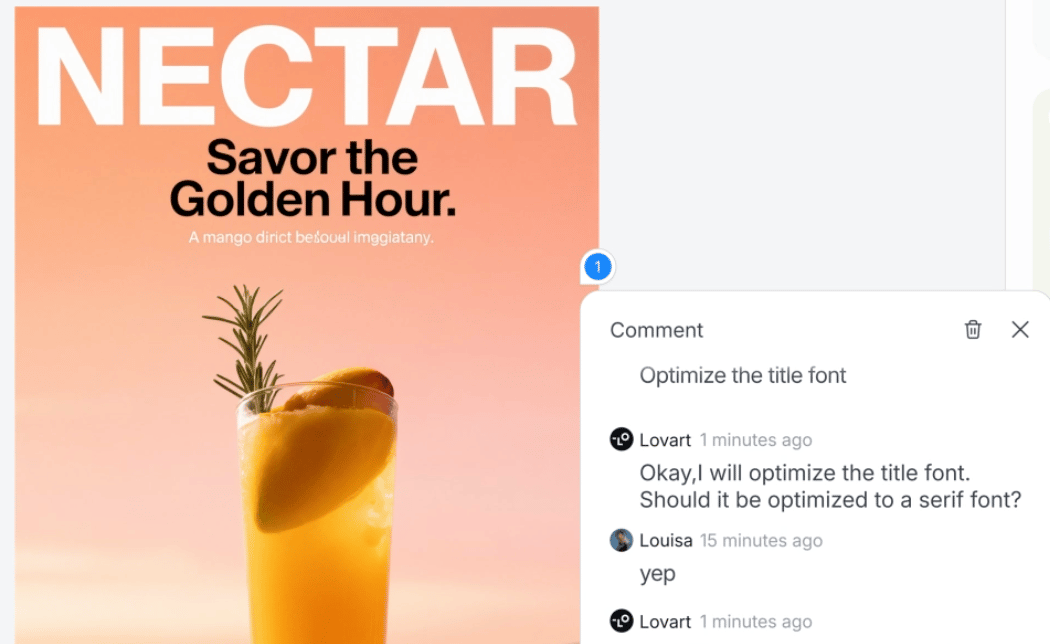- Bootstrapped Growth
- Posts
- ✅ Stop Guessing What Customers Want (Do This Instead)
✅ Stop Guessing What Customers Want (Do This Instead)
3 Customer Listening Methods That Actually Work
Hey there,
Welcome back to another edition of Bootstrapped Growth. 👋
Any business needs a system to understand what customers are really thinking: before they churn or bounce. Let’s look at ways to remove the guesswork out of building what users actually want, using simple but powerful frameworks.
Table of Contents
Thanks for reading. Let’s jump in!
🚀 3 Ways To Systematically Listen To Customers
1) Ask, Bucket, Repeat
Notion (AI workspace platform) operates a constant loop of asking users open-ended questions at consistent touchpoints (e.g. product exit points, email). Then they bucket answers into core ‘jobs to be done’. Based on this data, Notion updates their onboarding process, templates and messaging.
Notion learned that users weren't looking for just another ‘productivity’ tool. Instead, they were goal-oriented: wanting to ‘get organized fast’. This inspired Notion’s infamous collection of templates, onboarding checklists, and AI summaries to support this user goal.
Takeaway ➡️ Gather qualitative feedback by consistently asking user questions. Then, categorize ‘why’ users come to use the product.
2) Run Quizzes To Map Intent
Jones Road Beauty (clean eCommerce make-up) uses a range of online quizzes to gather information that users willingly share (aka ‘zero-party data’) around their skin type, preferences and concerns.
This data faciliates their ability to recommend hyper-personalized products, learn which SKUs resonate with which user segments and also launch new products based on trends in quiz responses.

Takeaway ➡️ Use quizzes to both learn and sell. Quiz data can become a valuable source to inform product development and messaging over time.
3) Understand The ‘Anti-Customer’
Slack researched businesess that tried but abandoned their work communications platform. They discovered that this was not because of features but due to poor onboarding rituals. Slack then reoriented their customer success playbooks to focus on cultural adoption versus technical training.
Takeaway ➡️ Understand why customers start but then abandon your product to improve ‘user activation’. This is just as valuable as positive indicators of why users try the product.
⭐️ More Customer Understanding Methods
Shadow Customer Method
Whirlpool’s (consumer appliance business) researchers lived with families for weeks to observe actual cookingbehaviors. They discovered people don't follow recipes linearly but prepare ingredients in batches while multitasking. This informed their product design with appliances that had improved workflow designs and timing features.
Community Archaeology
Figma's (design tool) team monitored design Twitter conversations for 6 months before launch. They found designers spent more time explaining decisions than creating. This led to commenting and collaboration features that became their main differentiation point.
Influencer Intelligence
Glossier (makeup eCommerce) partnered with 50 micro-influencers as research consultants. Each influencer tested products and reported back on their community's reaction. Glossier found that ‘imperfect’ authentic looks outperformed polished ones.
🛠 Useful Resources
Make brand kits or market campaigns with a single prompt in a conversational interface. Try the ‘world’s first design agent’ by Lovart for free.

How do you rate this week's content? |
Thanks for reading and see you next week!
We’d love to hear from you! Simply reply to this email. We want to know what you’d like to see or if you want to get featured with your own marketing example.
👋 Bootstrapped Growth Team
